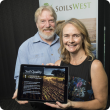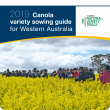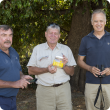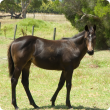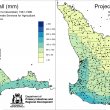Filter by regions:
- (-) Remove Goldfields-Esperance filter Goldfields-Esperance
- (-) Remove Great Southern filter Great Southern
- Wheatbelt (740) Apply Wheatbelt filter
- South West (720) Apply South West filter
- Mid West (710) Apply Mid West filter
- Peel (645) Apply Peel filter
- Perth regions (517) Apply Perth regions filter
- Gascoyne (496) Apply Gascoyne filter
- Pilbara (453) Apply Pilbara filter
- Kimberley (446) Apply Kimberley filter

